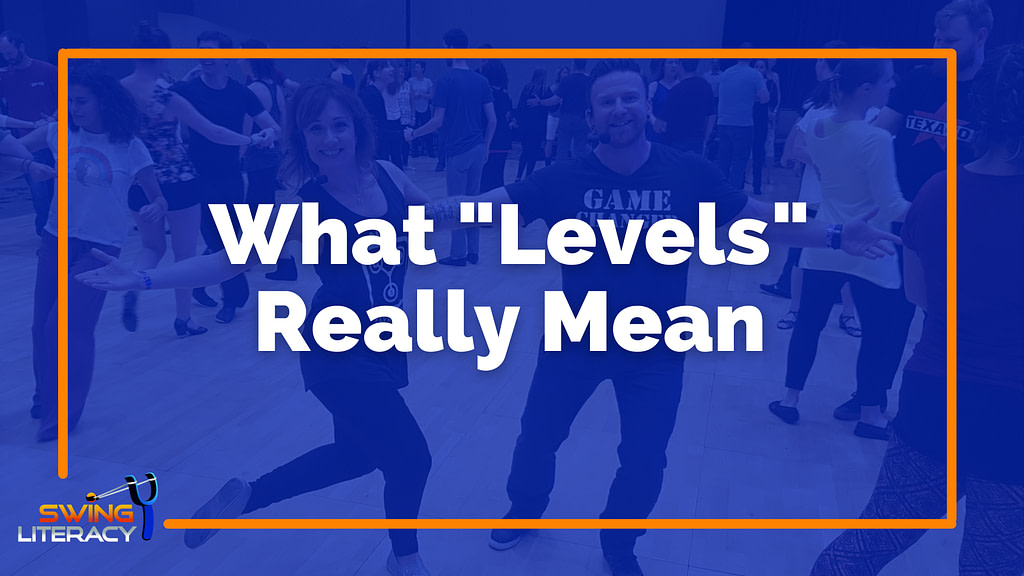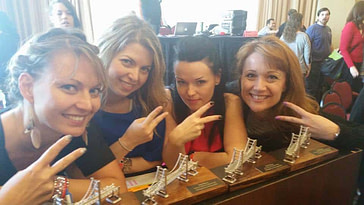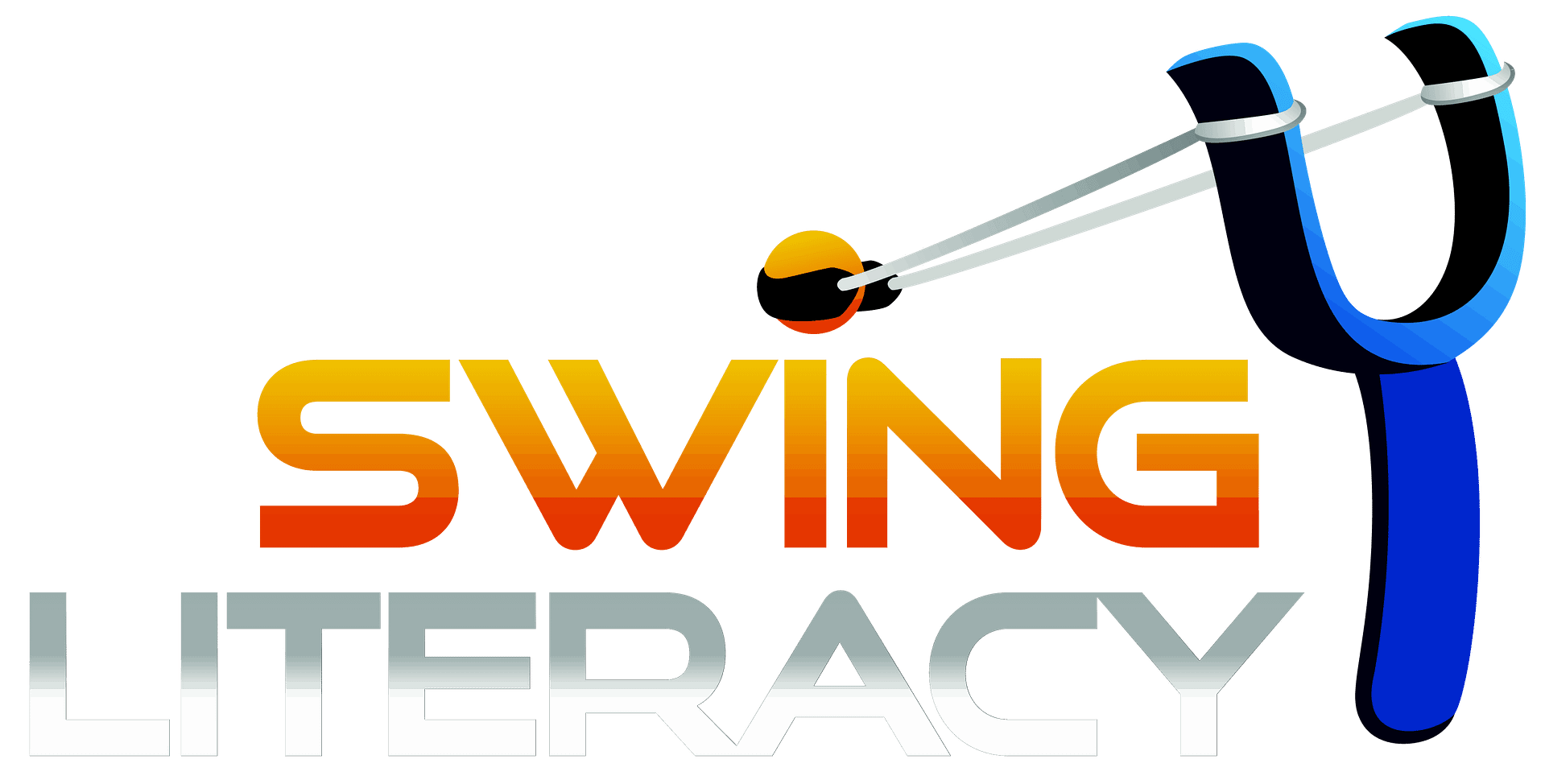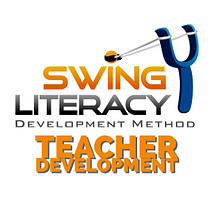No products in the cart.

What “Levels” Really Mean
Reading Time: minutes remaining
In every skill-based activity there’s a difference between the beginners and the veterans. This makes sense – the longer you work at something, the better you get at it. Notice I said work at; just because you hack at something longer, doesn’t mean you’re improving.
But the dance community is full of distinctions, divisions, labelling…ways of defining dancers and splitting groups up. This is not a negative thing – it’s an organizational necessity. Just like in school, it makes sense to group students by their stage of development.
The problem is, unlike age groups, there is no definitive way of splitting up groups of dancers.
Everyone can define a newbie dancer – one who has never tried a partner dance before. But as soon as they take their first Beginners class, it’s like the beginning of a marathon – as soon as the gun fires, the mob spreads out and everyone progresses at a different pace based on their aptitudes, experience, health, motivation, resources, etc. Then it gets harder to draw lines between groups of students.

We obviously can’t divide them into age groups, but how do we create homogenous groups that represent a common stage of development? There’s no global standard… yet.
Labels in your studio
In the studios, what is needed is a criterion-referenced assessment process – a rubric of expectations for each major stage of dance development.
In our Swing Literacy Teacher Development Program, we have an entire module on Assessment, including templates, checklists, and a 12-stage skill-based rubric that would make teachers weep with joy, but I digress…
But in the absence of a formal, universal assessment tool, studios and events have had to come up with their own best guess. They look at the community and call the level where people start taking classes “Beginners”, and everyone else is “general population”.
If there is a generation of dancers that have progressed even further via attending events or taking privates, this group might evolve into an “Advanced” level, which is considered the final stage. Studios usually try to offer lessons to satisfy at least these three major groups. This is the typical formula.
But how they decide who fits in to these levels is unstandardized.
Every studio has their own method, and it is more often than not based on their business model, not on the learning needs of the students.
They try to fill each class so it pays for itself: can’t offer an Advanced class to only 3 students – they won’t generate enough revenue to pay for the studio rental. This is not a judgement, just a fact. What this means and why you should care, is that the grouping methods vary so much between studios, they don’t carry any meaning outside that studio. They are not comparable.
A dancer from Studio X could be in Level 3, but when they try classes at Studio Y, find that their skills are equal to those in Level 2.
In some cases, students of Studio X graduate from Levels 1,2,3, and 4 and still don’t have the skills they need to get into Studio Y’s Level 2.
At this Studio X, the marathon starting gun doesn’t go off till Level 4, and their students, thinking they are “advanced”, are actually in the back of the pack as soon as they step outside their studio. This is where external sources come into play.
In the big wide world, your “level” means nothing. Technically, a keen talented dancer in Studio Level 1 could have better social dance skills than an apathetic egotist in Level 3. Unless your studio has adopted more structured assessment standards like the ones we recommend in the Swing Literacy Teacher Development Program, levels are usually there to divide dancers by experience, not by skill. Which means the label is meaningless in indicating how good you are.
Workshops taught by visiting pros, local dance conventions, private lessons from higher level teachers, instructional videos, are all great resources that are part of a balanced diet of dance progress. Studio classes are only one piece of the puzzle. There’s so much more.
Workshops
At leveled workshops, the same reorganization of levels occurs. But instead of being based on a business model, it’s often based on either room size or visible skills:
- If the Level 1 room has a capacity of only 10 couples, then the judges making selections during the auditions are going to pick out the bottom 20 dancers. Which means a dancer with Beginner-type skills might get bumped up to Level 2.
- The audition assessors observe the whole group dancing and look for dancers who stand out. They then try to create as homogenous groups as possible. But this is based on visual assessment, not hands-on assessment.
Often, it can be hard for dancers to accept being placed in a "lower level" than they feel they should be in. And they feel unseen, underappreciated, or insulted.
Remember:
- it’s all relative. It all depends on who shows up to the event.
- this assessment doesn't mean anything about how much people like dancing with you

Your studio level makes no difference whatsoever when you are compared to a large group of mixed dancers from several studios (and cities, and countries!). So you might be a big fish in your small pond, but in the big pond, you have to expect that being downgraded is a statistical possibility.
Remember – It’s always your choice how you look at it – choose to be inspired and have a goal to look forward to, instead of taking it as a blow to the ego.
The Beginner Bias
And yet there exists in some regions a perception that “Beginners” are not good enough to social dance with “Advanced” dancers yet. The Advanced dancers all dance with each other because they think their dance practice will be interrupted if not ruined by holding on to a Beginner for three torturous minutes.
What they are missing is that Advanced dancers should be capable, adaptable and flexible enough to give everyone a great dance at all levels. If they can’t do that, they can’t really call themselves "Advanced".
So Beginners provide something that the Advanced dancers need: proof.
This bias is also held by Beginners themselves (who are oblivious to the value they have to Advanced dancers) and extends into other aspects of the dance community, such as private lessons and events.
Private Lessons
It’s hysterical to me that some Beginner students think that the top Pros only work with competitors, or that they “aren’t good enough yet” to be taught by us. Assuming that level means nothing, and assuming that the prime directive of good teachers is to help you reach the next level in your development, no one is excluded from professional consultation. Beginners, this is for you: the earlier in your dance development you can work with a Pro one on one, the better!
Events
Those big events that you see hosted in your city – don’t be intimidated – they are designed for you, not for the elite competitors. The dance event demographic is like the shape of a Christmas tree – you enter as the trunk of the tree, and once you gain momentum via your Beginner classes, you join the bulk of the branches near the base, among hundreds of other social dancers who are not that competitive (if at all).
The higher the competition level, the fewer dancers there are. The event caters to the demographic majority, so there is no excuse for not attending a dance event in your area – you are good enough to attend. You belong there. More Q&A about dance events
Competition Levels
Now, what about competition levels? If you care to compete, there are contests available for dancers in every stage of development, even beginners!
The World Swing Dance Council (WSDC) tracks points won by each dancer via making finals and placing in Jack & Jills at events. They labeled their “divisions” (in order of progression): Newcomer, Novice, Intermediate, Advanced, AllStar, and Champion, and these are consistent around the world. Even though some of these label words look familiar, I assure you they have nothing whatsoever to do with your studio levels.

Let’s put it in perspective: You could be in Level 2 at your studio and qualify to enter the Newcomer division. But so could your buddy in Level 4.
Students in studio levels 1,2,3 and 4 are likely to fit in nicely in the Newcomer or Novice competition divisions, but if they wanted to really be competitive, they would need private coaching and lots of practice.
The divisions do not correlate to your studio levels. WSDC Divisions are based exclusively on points won in competition. And teachers do not need to compete or achieve a certain level in order to teach. Your studio teacher might only be in the WSDC Intermediate division, because of their competition experience/success record.
The WSDC definition of “Advanced” is not arbitrary like it is in the studio: it explicitly refers to dancers who have earned a certain threshold number of points. But in a social dance setting, the word “Advanced” refers to all the dancers that are in the top 1/3 of any community in terms of experience/skill. Many of these dancers still compete in the Novice division (bigger pond).
Be inspired by the dancers that are better than you, but don’t copy them (they might have bad habits themselves) – always learn from a professional, or at least most advanced dancer available to you in your city. Hopefully this person is getting training to become a teacher!
Take home message:
Levels are labels for convenience that carry no meaning out in the wild. Don’t obsess over them, and don’t judge others by them. The best tool to measure your progress is to compare your today-self against your before-self.
Normalize asking the teacher. The teachers are the ones who have the bigger picture: they can see the general level of the whole class and they can measure your skills better than you can. So if you are curious about putting yourself in a certain level, ask your teacher for confirmation.
Go out and explore dance educational experiences outside your studio – privates, workshops, events, other studio classes. Don’t expect anything. Just go to learn and grow!
Leave a Reply
Cancel replyYou must be logged in to post a comment.
This site uses Akismet to reduce spam. Learn how your comment data is processed.
{"email":"Email address invalid","url":"Website address invalid","required":"Required field missing"}


Useful comments about a sensitive topic. Well said. Thankyou.
This was such a freeing perspective!
Very helpful explanation of the arbitrary nature of "Labels" and "Levels" used in studios, workshops, and competitions. Thank you.